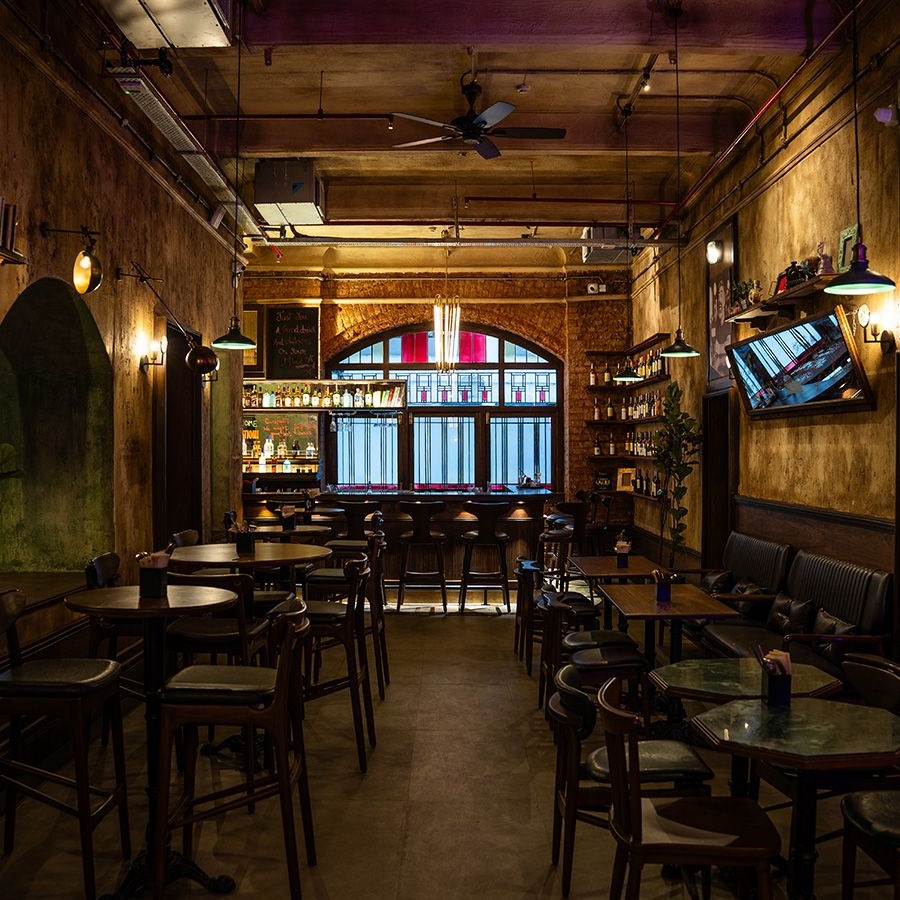When you picture a south Indian restaurant, you probably envision an old-school Udupi hotel. The kind of place where a meal is typically eaten while standing over a community table. Maybe if you’re lucky, the joint will have stalls that you can squeeze into. These seated booths offer the luxury of the food arriving at your table. A server juggles six plates of Mysore masala dosas on one arm, flicking plates with the precision of a frisbee as he walks by.
The meal is undoubtedly a culinary experience, but if there was one phrase to describe it, it would be quick, comforting chaos. You don’t luxuriate over the menu or take a mid-dosa break to scroll on Instagram. Bengaluru’s darshinis and Mumbai’s Matunga joints just don’t have the time for that. For decades, south Indian food has been sold to us in the QSR (quick-service restaurant) format. Even new-age, internet-viral names like Bengaluru’s Rameshwaram Cafe and Mumbai’s Benne still abide by this order-eat-leave setup.
Well, guess what? The tides are finally shifting: micro cuisines from the south have officially entered their fine dining era. (And no, we’re not talking about the AC halls at Udupi restaurants.) In this quarter alone, Mumbai has witnessed the launch of Nanna House, Bandra’s bougie ode to Andhra spice; Uppu, with its quaint white facade that could pass off as a French cafe but actually serves puliyogare and kulambu; and Malgudi, the innovative paradise that concocts picantes with Guntur chilli and tops fluffy idlis with za’atar.
“For a long time, south Indian food was seen as homely and familiar, something you ate for comfort, not celebration,” says Panchali Bhatia, chef and co-founder at Oor, which serves bondas and uthappams to Fort’s fine-dine crowd. “That’s changing now. People demand authenticity and experience.” The food may satiate your taste buds, but in the lap of indulgence every sense is taken care of. To bring in threads of Karnataka into south Mumbai, Bhatia’s space also features Kasuti embroidery artwork and Channapatna wooden toys set to the wafting smell of saamrani.










